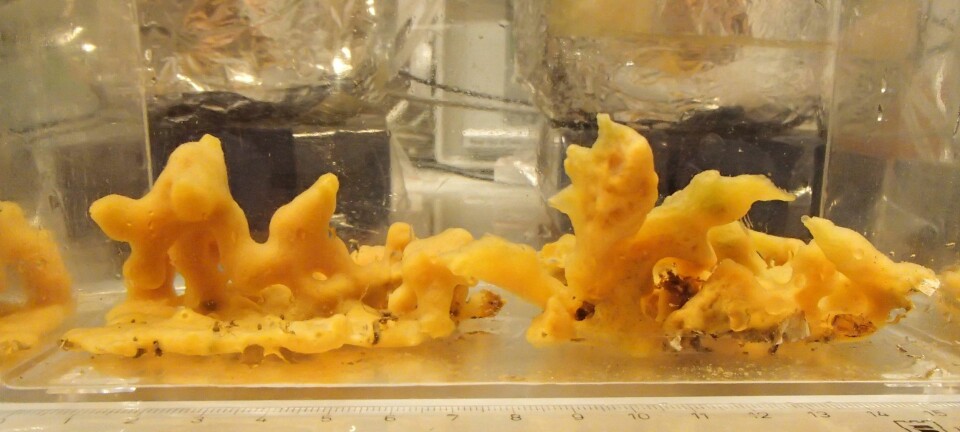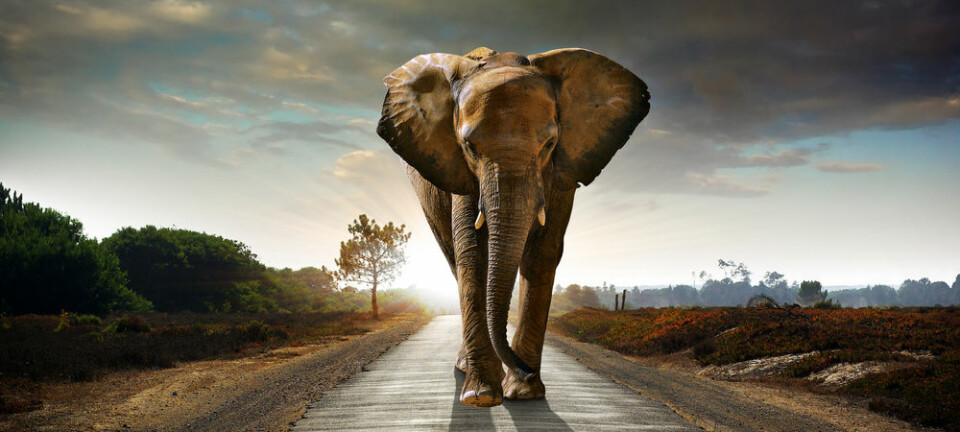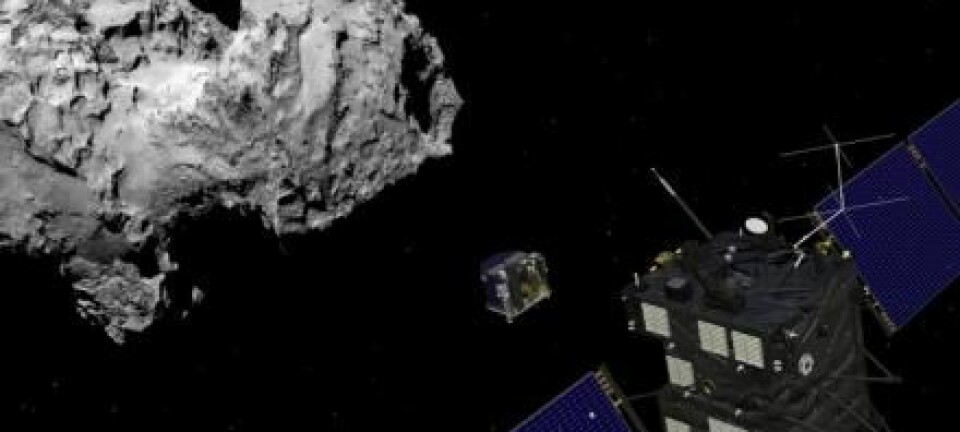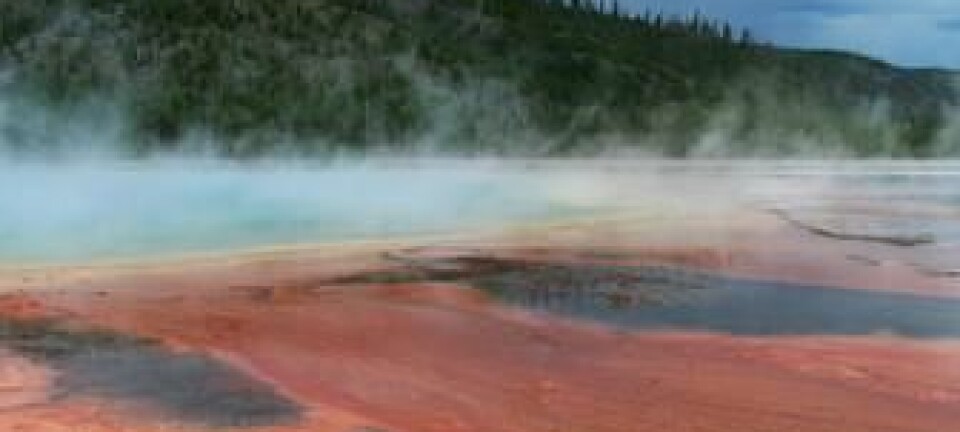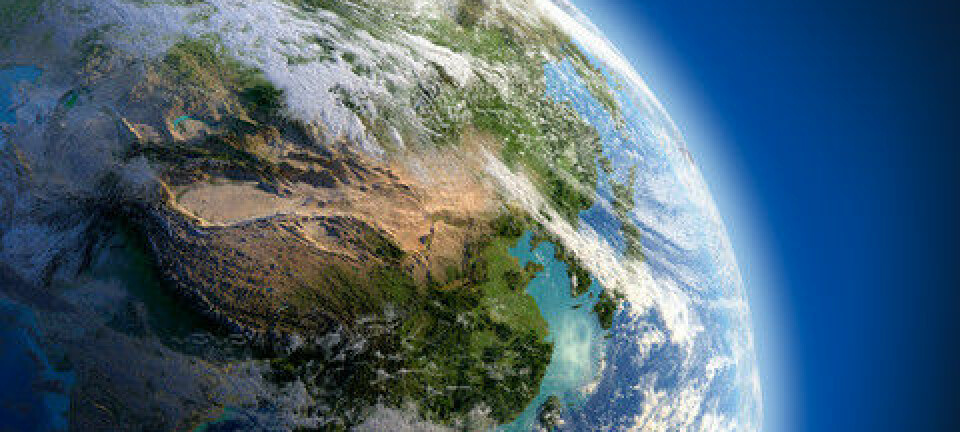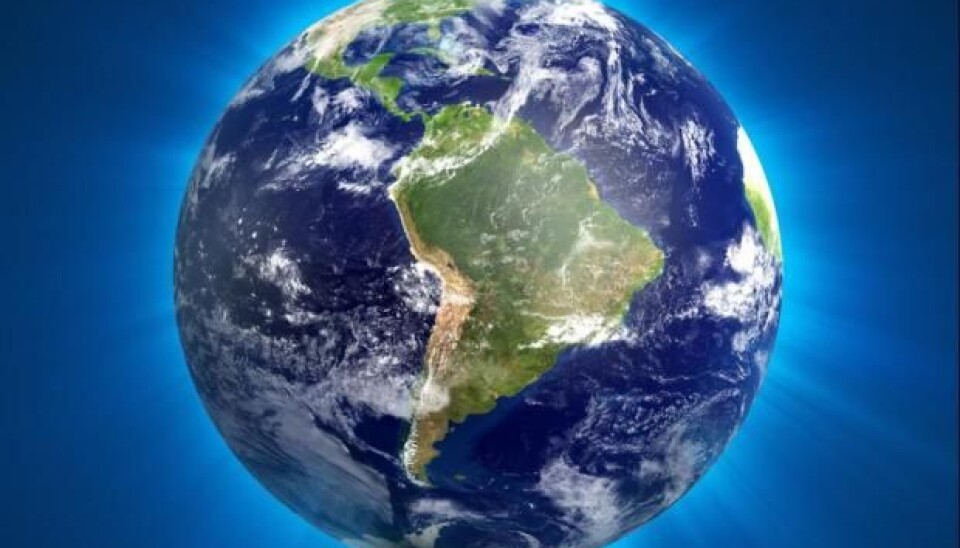
Earth had oxygen 800 million years earlier than thought
The atmosphere contained oxygen 3.8 billion years ago, raising new questions about the history of life on Earth.
Until recently, scientists thought that oxygen first became a part of our atmosphere 2.2 billion years ago. But a new study pushes this further back in time, to about 3.8 billion years ago.
"I was quite shocked when I first saw the results,” says lead-author Robert Frei, who works at the Department of Earth Science and Nature Management at the University of Copenhagen, Denmark.
“This strikes into a very sensitive part of science, in which there is relatively little evidence, and yet the entire scientific community don’t believe that there was oxygen at this time. I’ve struggled against many critical peers and it’s taken me over a year to get the article published,” says Frei, adding that he feels confident about the results.
The conclusions are important and should improve our understanding of Earth’s history, says postdoc Emma Hammarlund from The University of Southern Denmark, who was not involved in the new study.
“The picture is not made any simpler perhaps, but the truth is rarely black and white. It’s a carefully executed study and argument,” she says.
The new results are published in the journal Scientific Reports.
Studied the oldest samples on Earth
Frei studied ancient soil deposits to reach his conclusions, which formed just after a period of intense bombardment on Earth. This was when meteorites struck with such violence that they destroyed almost everything on the young Earth.
"The meteorites destroyed basically everything--if there was life back then, it was destroyed, and we will never know anything about it," says Frei.
So the soil deposits used by Frei are the oldest known deposits on Earth.
"They are geologically stable sediments that have survived all this time. I'm sure that there were once many more of them on Earth, but they have either been destroyed by geological processes through the billions of years or we haven’t found them yet,” says Frei.
Opens up new questions about our own history
In the study, Frei and colleagues suggest that the presence of this early atmospheric oxygen could also mean that photosynthesis was occurring at this time.
If they are right, it opens up many more questions, says Tais Wittchen Dahl, an assistant professor from the National Museum at the University of Copenhagen.
"Oxygen is the best explanation for their observations--which I’m not questioning,” says Dahl. “But remember that there are still many things we don’t know about these systems. For example, how metals behave under very low oxygen conditions. This one interpretation [by the new study] leaves us with a lot of questions," he says.
"If there was oxygen producing photosynthesis on land, as they suggest, why does it take half a billion years before photosynthesis develops--when we know how difficult it is to hold it back today?" says Dahl.
--------------
Read the Danish version of this article on Videnskab.dk
Translated by: Catherine Jex
